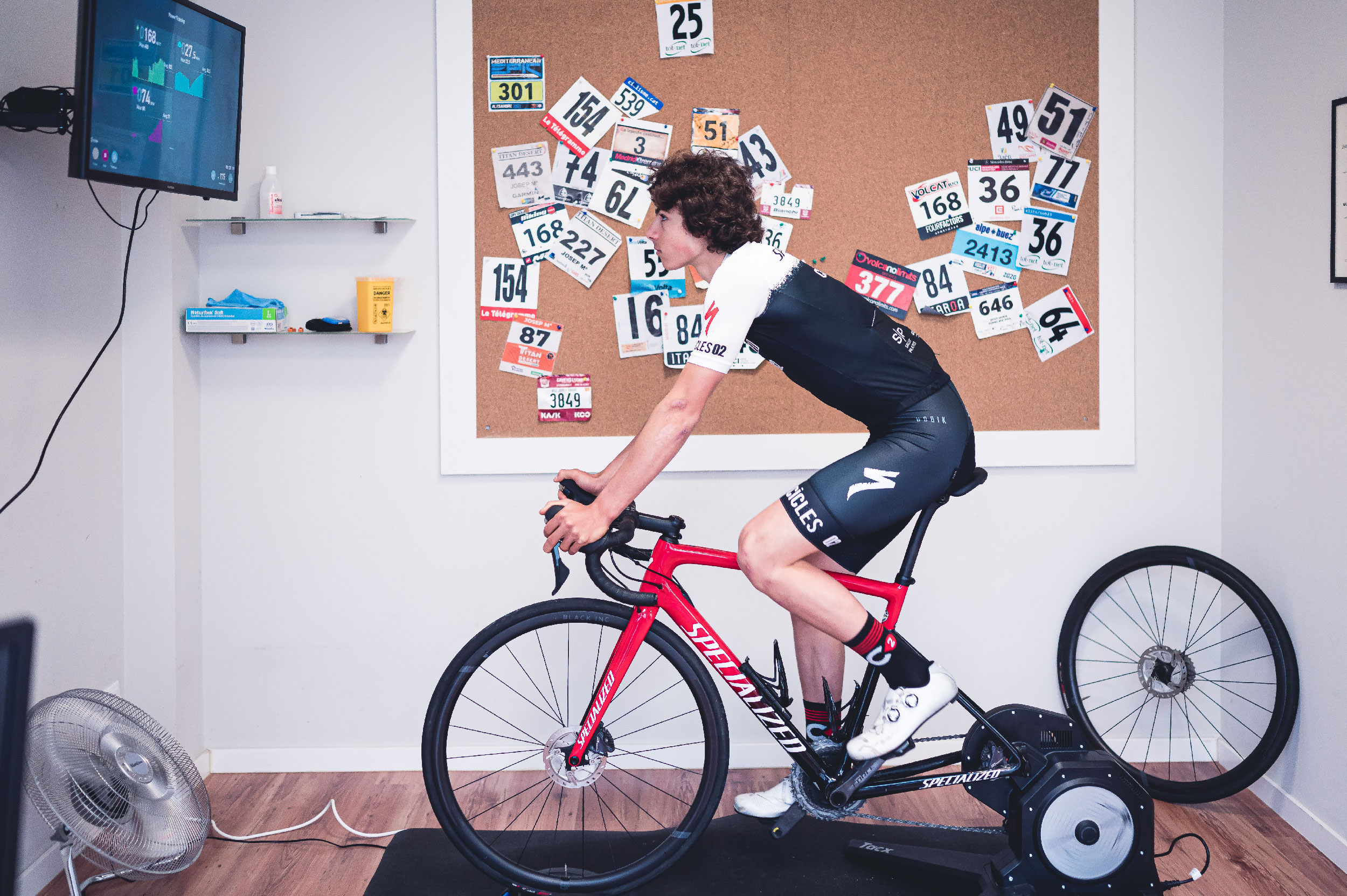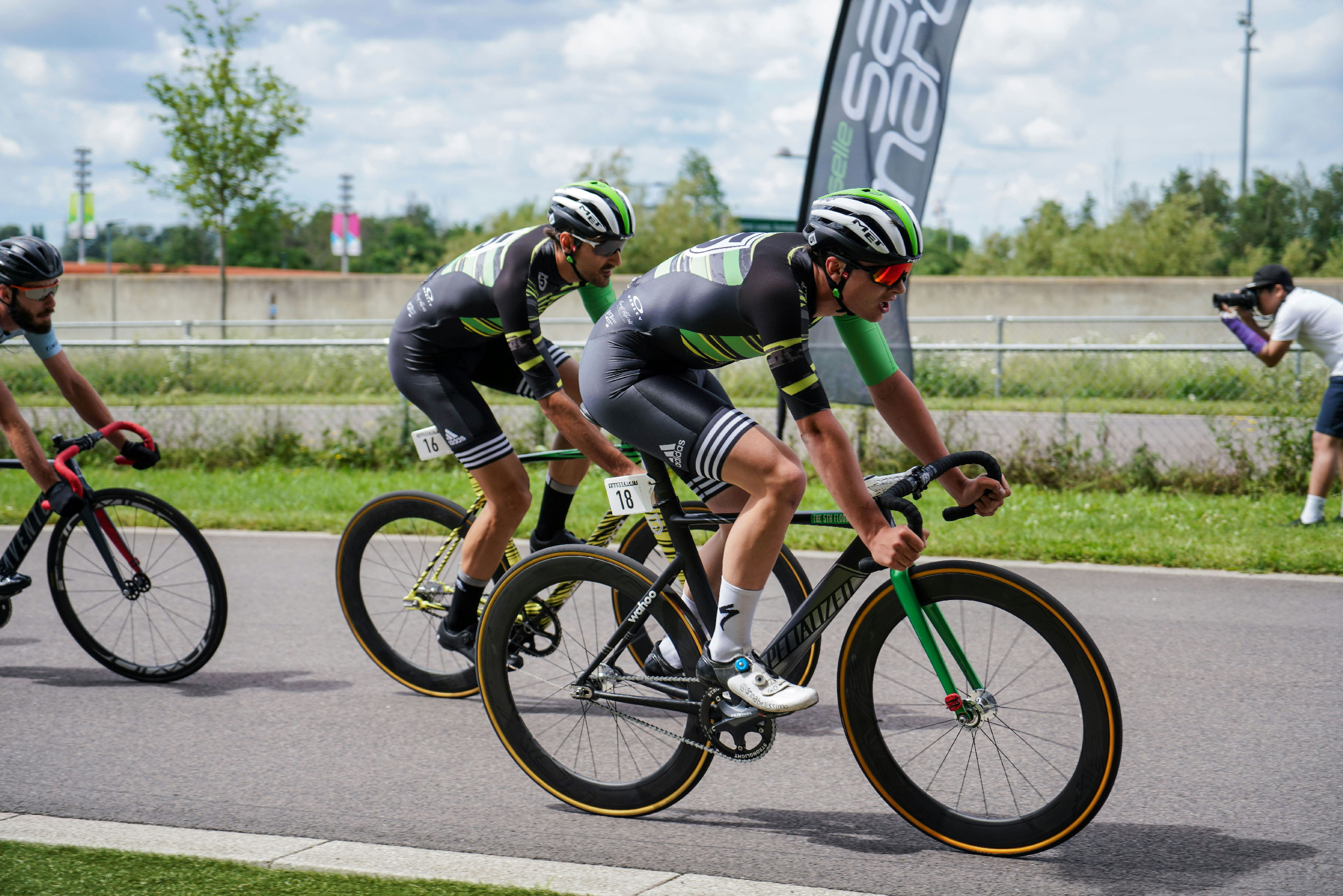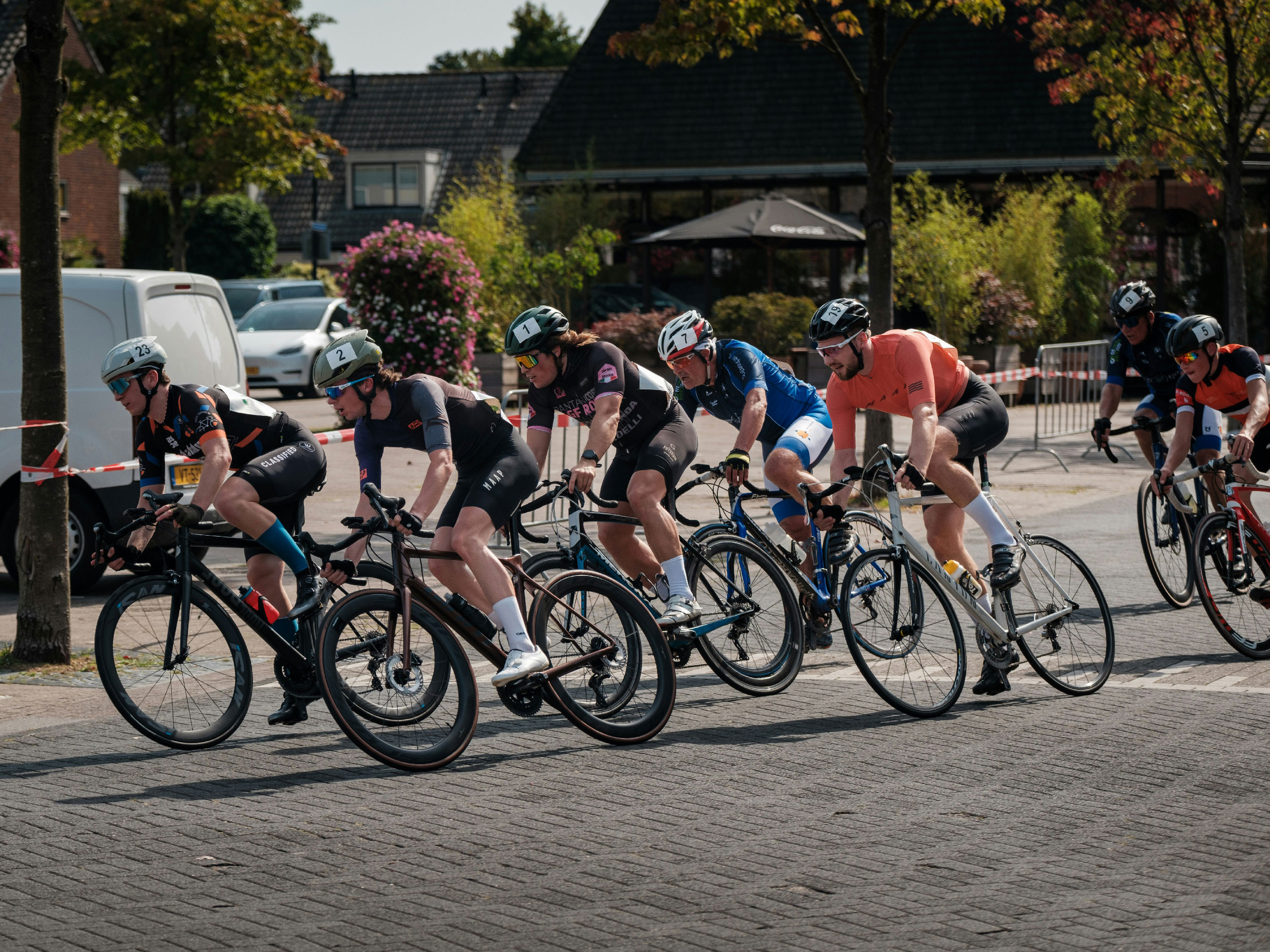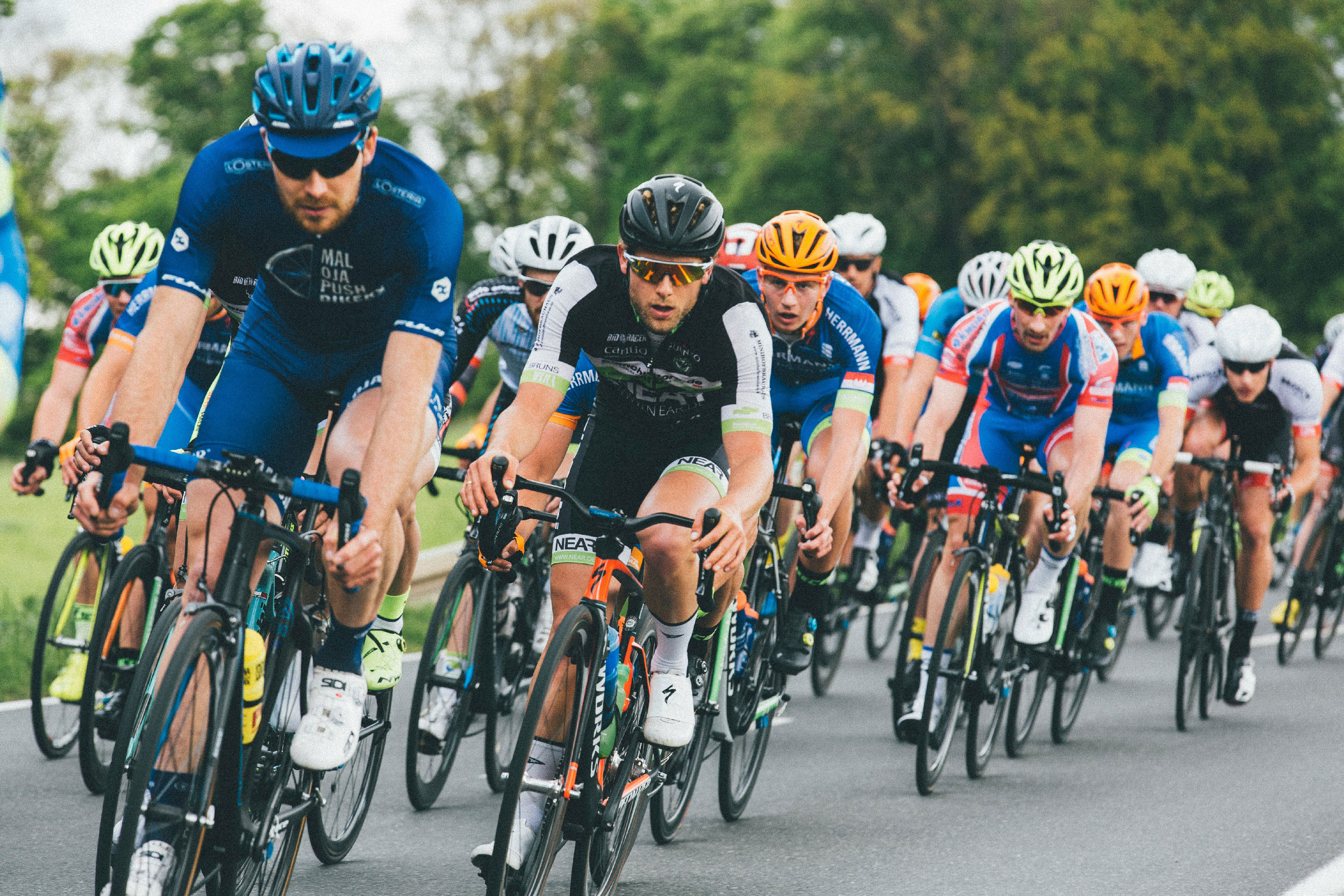
Concepts of our performance
If you are one of the cyclists used to searching in pads, Trainers or dissemination pages, in search of information about training or even secrets that make you improve more than the others, You may be disenchanted and with the sensation that training is reduced to improving four basic parameters (FTP, Vo2max, threshold, Lactate ...).
This is because, For academic reasons, The dissemination is simplified and reduced in a way that the information comes in an understandable way for all audiences. The reality is that training, Although it is sought to be simple (clear and accurate, with scientific support), It is not simple (easy and without lack of depth). Behind the science of training there is the support of sciences such as physiology and anatomy, among others.
In this post we present some not so common concepts about training of which, maybe, You have heard your coach or personnel trained about your environment.
Time limit: Refers to the maximum time that you can sustain a certain intensity. This concept can be associated with training above the threshold and especially in O2 consumption areas.
Try to try in one or several days, in conditions of freshness and rested, Your time limit at different intensities in relation to your consumption peak (pvo2max). Al 100%, 95%, 90%. Knowing this value can serve as a reference to plan training percentages for certain intensities.
Consumption kinetics: When we make stresses at PVO2max intensity, We are asking our body to transport and consume oxygen in the musculature to respond to the intensity we do. In a first phase, Consumption increases very fast (exponentially). This is what we call rapid kinetics of main consumption or behavior. During this phase the pulse increases quickly but usually does not reach the maximum heart rate. Once this phase is over, consumption continues to grow but more linearly until reaching the maximum peak of consumption. This phase is known as slow kinetics or stable status. During this phase the maximum heart rate is also reached.
Are you one of the cyclists who have a hard time reaching the maximum pulse when you make short series? Well, maybe here is the explanation. Depending on the type of test you perform, You may need to focus your efforts on improving one or the other kinetic.
Density: It is the relationship between working time and recovery time. A density 2:1, for example refers to 2 work parts by a recovery. Or what is the same, recover half of the work time. In training it is not only improved if you are able to perform several work series to greater intensity. Make the same number of series, At the same intensity, But with better breaks it is a way of progressing equally good or even better when you have already reached an absolute load limit that you can perform accounting in Watts or in number of repetitions.
As you can see there are many complex concepts, that when transmitting or capturing them in training or post, They are treated in a simple way and They can generate a lack of simplicity.
Now that we have presented them, Are you able to detect these concepts in the training that your coach proposes to you?
Prepare your great fund II
He 2022 has started and perhaps you still haven't set a big goal or simply the date it is
Preparation for a master
We are all clear that in cycling there are many categories, evidence, disciplines etc… at the level of
Differences between a high-performance and amateur cyclist
On Tour de France days, It is not unusual to marvel at the many displays that cyclists





